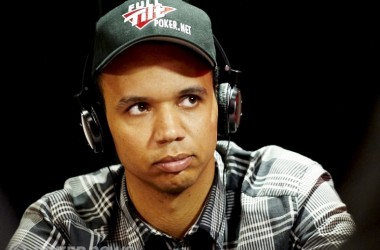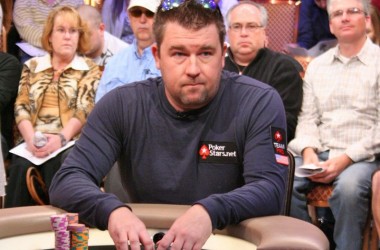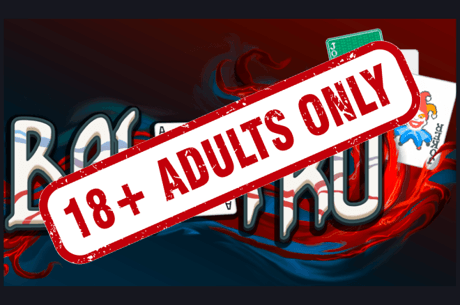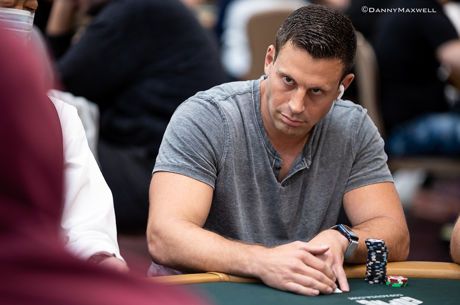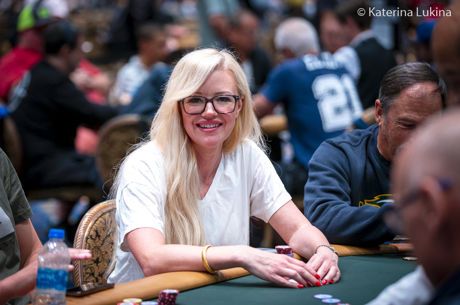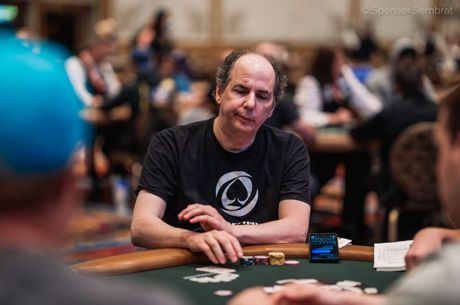PokerNews' Ten Rules for Tweeting
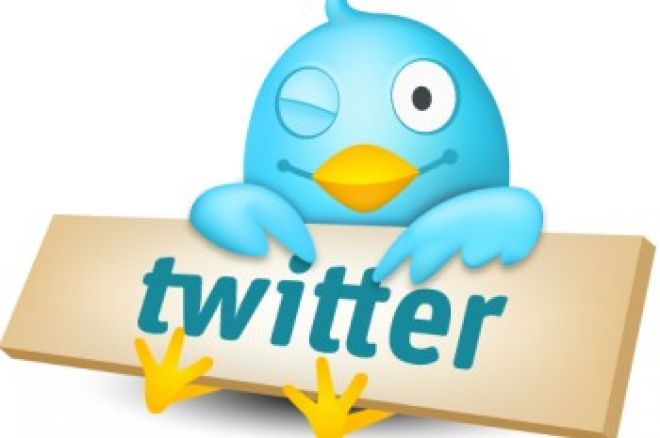
On March 21, 2006, Twitter founder Jack Dorsey tweeted the first message: “just setting up my twttr.” Now, five years later, Twitter users send 50 million tweets per day and nearly one billion per week.
The Twitter explosion has had a direct effect on the poker world. It’s the most powerful marketing tool for players, online poker sites and casinos because it allows you to instantly speak with your fans or customers. Two of the most important poker tweeters are World Series of Poker Vice President Jack “@WSOPTD” Effel and World Poker Tour Executive Tour Director Matt “@SavagePoker” Savage. They go to Twitter for feedback regarding their respective tournaments and they love the social networking tool because it allows them to discuss issues in a public forum. This saves them time – there is no paperwork involved – and it allows other people to read and comment, making it a larger conversation.
Other noteworthy tweeters include Kevin “@Kevmath” Mathers, who disseminates information at lightning speed. Joe "@joesebok" Sebok, who has over a million followers. And Doyle “@TexDolly” Brunson, who is 77 years old and still tweets to his more than 300,000 followers.
The relationship between Twitter and the poker industry is not perfect, however, and that’s where we come in. Below we’ve listed ten rules that – if followed – will enhance the Twitter experience for players, fans, media and all other consumers. They might also bring a little peace to the Twitter war front.
(NOTE: We are probably guilty of breaking all of these rules at some point, but admission is the first step to recovery, right?)
Twitter Rules
1. No Texting
It’s acceptable to send a couple of “@” messages back and forth with someone but sending six or seven in a row clogs everybody’s time line. Unless the conversation you’re having is relevant to your followers, take it elsewhere. You can send the person a text or direct-message (DM) them but please stop spamming my page with your dinner plans.
2. Stop Beefing
During March, there have been a handful of Twitter-wars, including a spat between the aforementioned Joe Sebok and Jonathan “@JonAguiar” Aguiar. Both people were at fault, Sebok should’ve never pushed the “send” button, and Aguiar should not have posted the message. DMs are private and should be kept as such, except in an emergency or if the sender gives permission to post it. The overarching theme is that personal issues should not be dealt with on Twitter. While tweeting is efficient, talking face-to-face is still the best way to remedy larger problems.
3. Don’t Trash Your Table
This one is for everybody, but it is especially pertinent for popular players. When you sit down at a poker table – whether it’s a cash game or a tournament – don’t start tweeting about how soft the table is or how bad the players are. This is a bad habit because (1) even if you don’t know who you’re playing against, they might know you and follow you on Twitter, and (2) you come off as arrogant. Tweeting a few names is perfect because then our tournament reporters know where to go, but giving away free information and boasting your own ego isn’t a good idea.
4. Tweet Your Suckouts
Bad beat stories are the worst, especially on the tournament circuit or during the WSOP. We hear them all day, every day, and the routine gets old fast. If you are going to tweet bad beats then you must tweet your suckouts as well. Variance works both ways and so should the information you convey on Twitter. For bonus points, you can add “#Isuck” or “#oops” to these tweets, as well.
5. How to Post Chip Counts
Tournament chip counts should never ever have “$” signs in front of them. The only symbol that should precede a tournament chip count is a capital “T” for tournament. The use of dollar signs should be restricted to cash games.
6. Use the “#” Symbol
Random information doesn't help anyone. Online and live tournaments run every second of every day, so if you tweet a chip count, tell us what you’re playing using the “#” symbol. This rule is especially helpful for unknown players who want media coverage because it leads us to you. If you’re feeling really daring, then add your table number, but we understand why some players don’t want to be identified (see rule number 3.)
7. Don’t Retweet the Chimes of a Famous Clock Tower Every Hour on the Hour
8. Keep Your Handle Simple
The simpler your Twitter handle is, the easier it is to find and "@" mention you. Vanessa "@VanessaSelbst" Selbst recently changed her handle from her online name "FslexcDuck" to her actual name and it made everyone's life a little easier. Players who should follow suit include Ashton "@arfarfhowl" Griffin, Kevin "@BeL0WaB0Ve" Saul and Andy "@bkice_" Seth. Changing your handle is quick and easy, so you have no excuse not to do so.
9. Be Responsible
If you represent a site and tweet promotions for it, then everything you say can and will be connected with your employer. So when you are out having a good time, try to censor your tweets if necessary. Likewise, if there is a big debate raging, think before you tweet. Our emotions get the best of us at times — we're human — but don't allow them to ruin your reputation and marketability. Of course, you can always take the @AsianSpa route and create an anonymous account. Then you can fire off anything you want and not worry about the consequences.
10. Be Entertaining
Erik "@Erik_Seidel" Seidel hardly tweets about poker, but when he does, it's short and sweet. Instead, he makes us laugh with dry jokes like "Told my daughter it's been a great month, so I'm playing the 250k w house money. She said, 'I hope that's figurative speech'" or "Wish hotels had a 'Do Not Disturb Unless You've Got Chocolate' sign to leave out." If you don't follow the rules, then the least you can do is make us laugh. We promise we'll try not to complain if you do.
Disagree or have your own rules for Twitter? Then tweet them at us!
*Photo courtesy of SmashingMagazine.com

